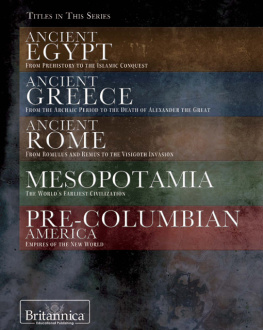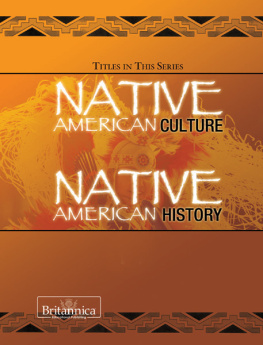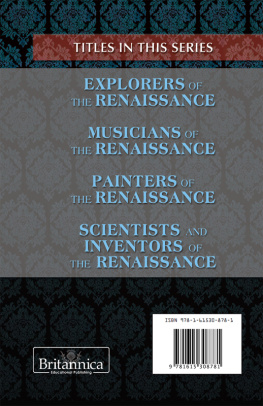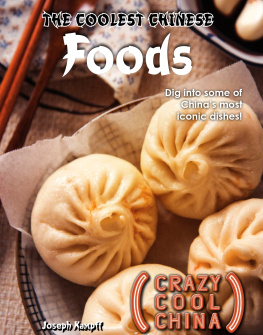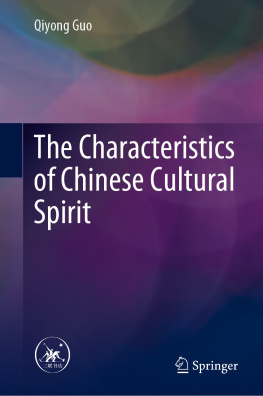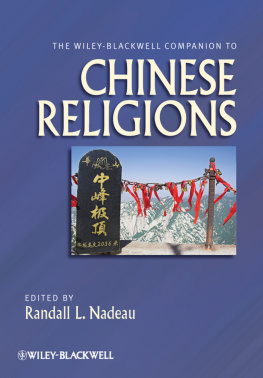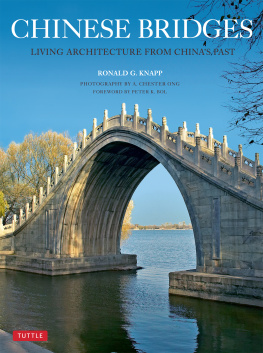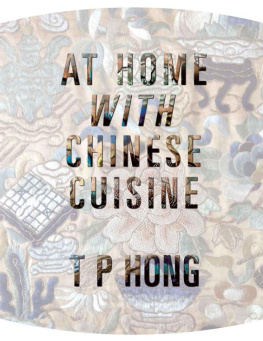THE CULTURE OF CHINA
UNDERSTANDING CHINA
THE CULTURE OF CHINA
EDITED BY KATHLEEN KUIPER, MANAGER, ARTS AND CULTURE

Published in 2011 by Britannica Educational Publishing
(a trademark of Encyclopdia Britannica, Inc.)
in association with Rosen Educational Services, LLC
29 East 21st Street, New York, NY 10010.
Copyright 2011 Encyclopdia Britannica, Inc. Britannica, Encyclopdia Britannica, and the Thistle logo are registered trademarks of Encyclopdia Britannica, Inc. All rights reserved.
Rosen Educational Services materials copyright 2011 Rosen Educational Services, LLC.
All rights reserved.
Distributed exclusively by Rosen Educational Services.
For a listing of additional Britannica Educational Publishing titles, call toll free (800) 237-9932.
First Edition
Britannica Educational Publishing
Michael I. Levy: Executive Editor
J.E. Luebering: Senior Manager
Marilyn L. Barton: Senior Coordinator, Production Control
Steven Bosco: Director, Editorial Technologies
Lisa S. Braucher: Senior Producer and Data Editor
Yvette Charboneau: Senior Copy Editor
Kathy Nakamura: Manager, Media Acquisition
Kathleen Kuiper: Manager and Senior Editor, Arts and Culture
Rosen Educational Services
Alexandra Hanson-Harding: Editor
Nelson S: Art Director
Cindy Reiman: Photography Manager
Matthew Cauli: Designer, Cover Design
Introduction by Amy Miller
Library of Congress Cataloging-in-Publication Data
The culture of China / edited by Kathleen Kuiper.1st ed.
p. cm.(Understanding China)
In association with Britannica Educational Publishing, Rosen Educational Services.
Includes bibliographical references and index.
ISBN 978-1-61530-183-6 (eBook)
1. China. 2. ChinaCivilization. I. Kuiper, Kathleen.
DS706.C84 2010
951dc22
2010008759
On the cover: The Summer Palace in Beijing, China, is a UNESCO World Heritage site. www.istockphoto.com/Robert Churchill
Back cover Andrea Pistolesi/The Image Bank/Getty Images
On page 12: The entrance to a pavilion in the Forbidden City in Beijing, China, in 1973. Keystone/Hulton Archive/Getty Images
On page 18: A man communes with Daoist gods by spitting rice wine into the air while using a large snake whip during the Full Moon Festival in Sanshia, China. Eightfish/The Image Bank/Getty Images
CONTENTS











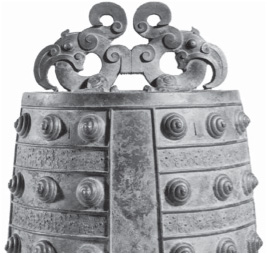








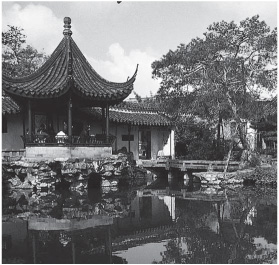
INTRODUCTION

China spared no expense celebrating its arts and culture during the opening ceremony of the 2008 Beijing Summer Olympics. Viewers at National Stadium (the Birds Nest) in China and in front of television screens across the world witnessed dancers, acrobats, pianists, drummers, and opera singers in spectacular performance. Yet no matter how cutting-edge or extravagant they were, the performances remained steeped in Chinas ancient traditions. The events as a whole were a reminder that China is home to one of the worlds oldest continuous civilizations, one that stretches back millennia.
After the communist government took over in 1949, the leaders undertook extensive reforms. But pragmatic policies alternated with periods of revolutionary upheaval, most notably in the Great Leap Forward and the Cultural Revolution. During this period, the government prohibited the practice of many traditional arts. But by the end of the 1970s, Chinas leaders had started to renew economic and political ties with the West and had begun to once again invest in the arts.
Today, Chinas cultural contributions are once again being overshadowed, this time by the countrys economic success. Images of its billowing factories and booming cities are the focus of the worlds news media. Goods of all sorts bear the label Made in China. This book reorients readers to Chinas powerful influence in the arts and reveals how the countrys rich cultural history has shaped the lives of the more than 1 billion people who live within its boundaries.
The book introduces readers to the diversity of Chinas people. About 92 percent of Chinese are Han. They speak different dialects in different parts of the country, but they are united by a common writing system. The remainder of the population includes some 55 minority groups, many of whom speak languages unrelated to Sino-Tibetan.
Of the Chinese dialects (or languages), the most important is Mandarin, the countrys official language. The Beijing-based dialect is also known as putonghua, or common language. But its hardly the only Han dialect spoken. In and around the city of Guangzhou in southern China, people speak Cantonese. The non-Chinese languages include Uighur, a Turkic language spoken in the Northwest, and Lahu, a Tibeto-Burman language that is closer to Burmese than to Chinese.
Next page

